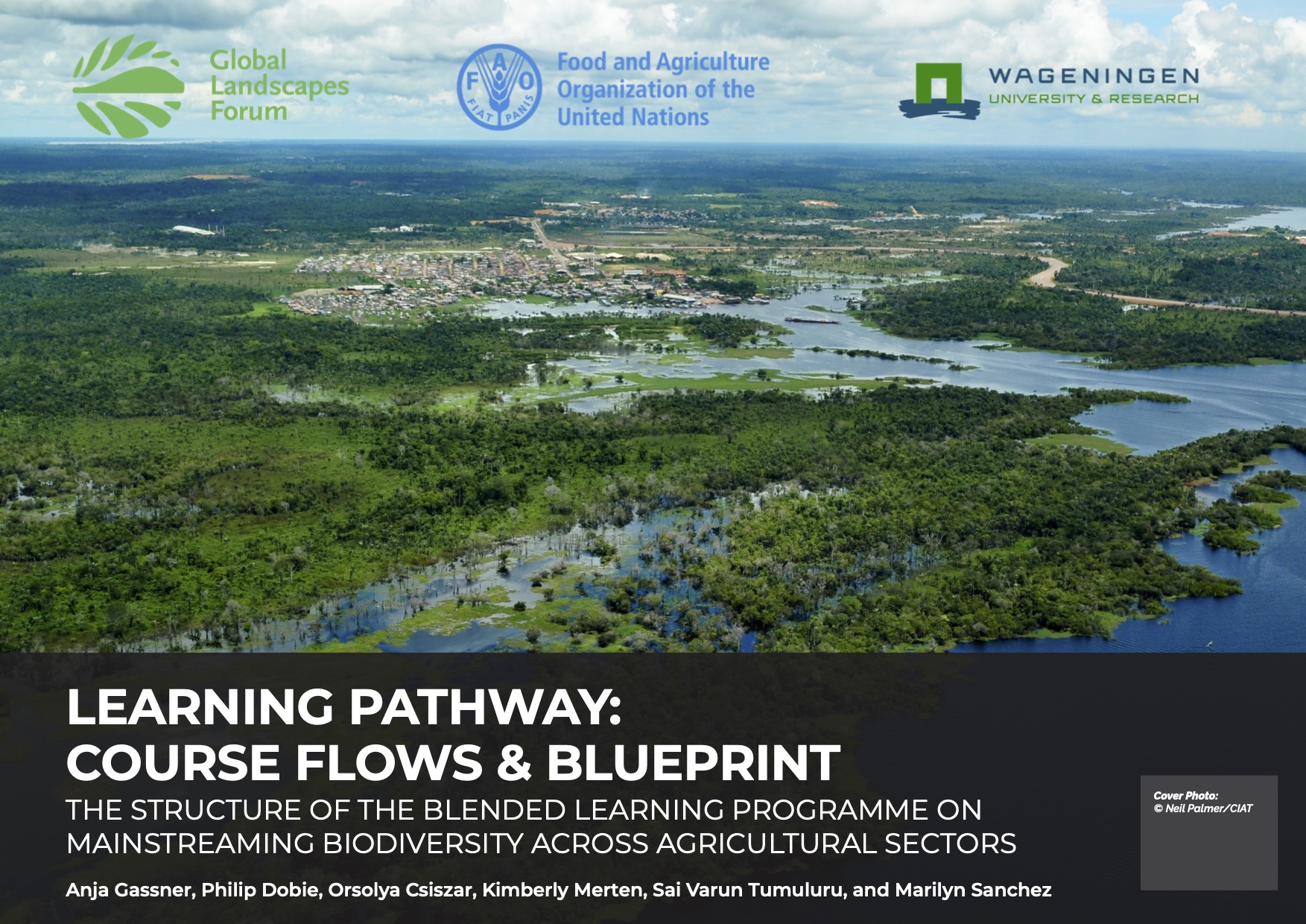
Trees on Farms (TonF) or agroforestry is central to achieving the objectives of the UN Convention on Climate Change and the Paris Agreement. TonF are pivotal in mitigation actions to reduce greenhouse gas emissions that lead to climate change as they protect ecosystems by sequestering carbon. In 2011 the Government of Rwanda pledged to restore 2 million hectares of deforested and degraded land, as part of the Bonn Challenge. Increasing TonF is one of the strategies that can contribute to meeting this pledge. Under this framework the Government of Rwanda has recognized the importance of Trees on Farms and has set up a task force to coordinate the implementation of agroforestry activities.
The objective of this study was to track Rwanda’s public expenditure flows towards TonF priorities; their share in the national budget and how much is spent. Being able to reconcile expenditures on specific activities such as TonF requires reliable mechanisms that can be used to monitor and track funds allocated and spent on initiatives such as the climate ambition of nations that have pledged to restore landscapes and conserve biodiversity during the UN Decade on Ecosystem Restoration. Agroforestry tends to cut across the mandates of the Ministries of Agriculture and Environment and their agencies. As the two ministries have different mandates, there is not much coordination of agroforestry-related activities. This makes it difficult to track and monitor the actual expenditures.
The study estimated that over USD 358 million was allocated to TonF from national budgets between 2015 and 2019. More specifically, the national budget allocations to Sustainable Management of Natural Resources (SMNR) and TonF were approximately 6.8 percent and 2.8 percent, respectively, over the five-year period. Yet their parent sectors – agriculture and environment (forestry) – contributed significant amounts to Rwanda’s gross domestic product (GDP), i.e. 19.3 percent for agriculture, of which only 1.6 percent was reinvested in agriculture; and 5.5 percent for environment (forestry), of which only 0.5 percent was reinvested in environmental management. An estimated USD 358 million was allocated to TonF from national budgets in this period. Frequent institutional mergers and a lack of coordinating mechanism also had a restrictive impact on funding for land restoration, the study found.
Two key recommendations were made by the study. First, budget allocations need to be made more visible in the national expenditure system by labeling them as ‘planting trees on farm’ or ‘agroforestry.’ This should then enable a critical assessment of whether the allocated funds are sufficient to contribute to broader national targets, while consideration should be given to how donor budgets can be best used to supplement national activities. Second, the authors proposed the allocations for SMNR and TonF in the national budget to be increased to at least 10 percent and 5 percent, from the current levels of 6.8 percent and 2.8 percent, respectively. They also called for an improved visibility of TonF activities and funding in the budgets of relevant institutions and at district level, by clearly labelling them as ‘planting trees on farm’ or ‘agroforestry’ for better monitorable allocations to TonF and their contribution to the realisation of the country pledge to climate change as part of the Bonn Challenge.
Download :


This works is licensed under a Creative Commons Attribution 4.0 International License.
Authors
Ndiramiye, L.,Chiputwa, B.,Gassner, A.,Dobie, P.,Mukularinda, A.
Publication year
2022
